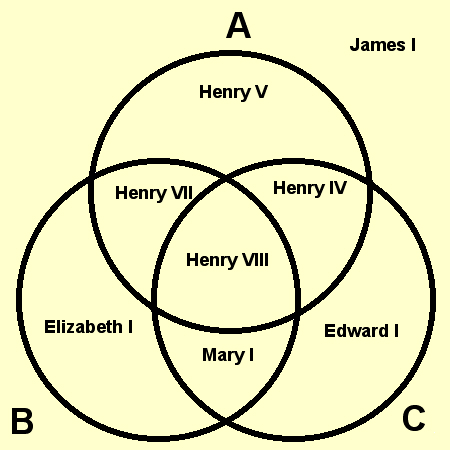On this day, we remember a visionary leader who fought against injustice and worked tirelessly for a better society.
But as we remember and honor the Reverend Dr. Martin Luther King, Jr.’s enormous contribution to the civil rights movement, let us also remember and honor what he stood for later in his life. FAIR published this article in 1995, explaining the migration of King’s focus, and the reluctance of the media to follow:
In the early 1960s, when King focused his challenge on legalized racial discrimination in the South, most major media were his allies. Network TV and national publications graphically showed the police dogs and bullwhips and cattle prods used against Southern blacks who sought the right to vote or to eat at a public lunch counter.
But after passage of civil rights acts in 1964 and 1965, King began challenging the nation’s fundamental priorities. He maintained that civil rights laws were empty without “human rights” – including economic rights. For people too poor to eat at a restaurant or afford a decent home, King said, anti-discrimination laws were hollow.
Noting that a majority of Americans below the poverty line were white, King developed a class perspective. He decried the huge income gaps between rich and poor, and called for “radical changes in the structure of our society” to redistribute wealth and power.
“True compassion,” King declared, “is more than flinging a coin to a beggar; it comes to see that an edifice which produces beggars needs restructuring.”
You should really read the whole thing. The article goes on to talk about King’s opposition to the Vietnam War, which has chilling resonance today, in a way that it wouldn’t have in 1995. But the article returns to King’s efforts to fight poverty:
In his last months, King was organizing the most militant project of his life: the Poor People’s Campaign. He crisscrossed the country to assemble “a multiracial army of the poor” that would descend on Washington – engaging in nonviolent civil disobedience at the Capitol, if need be – until Congress enacted a poor people’s bill of rights. Reader’s Digest warned of an “insurrection.”
King’s economic bill of rights called for massive government jobs programs to rebuild America’s cities. He saw a crying need to confront a Congress that had demonstrated its “hostility to the poor” – appropriating “military funds with alacrity and generosity,” but providing “poverty funds with miserliness.”
You can see his increasing focus on economic justice in his acceptance speech for the Nobel Peace Prize in 1964. After discussing the evil of racial injustice, King moves on to note that, “A second evil which plagues the modern world is that of poverty.” His rhetorical eloquence doesn’t lend itself well to excerpt, but his conclusion cuts right to the point:
So it is obvious that if man is to redeem his spiritual and moral “lag”, he must go all out to bridge the social and economic gulf between the “haves” and the “have nots” of the world. Poverty is one of the most urgent items on the agenda of modern life.
Perhaps, if King had lived, he might have helped us bridge that gulf. Perhaps those special qualities he had within him that helped him win those essential victories in the struggle for civil rights might have helped him solve that puzzle we have yet to crack even today. Hurricane Katrina briefly blew the curtains back, and revealed the shameful truth on a national stage. But the winds have died down now, and the audience has lost interest and turned away.
So on this day, let’s remember King for who he was, and for what he believed in. For what he did, and for what he might have done. For the dream that he helped move toward reality, and for the nightmare from which he tried to awaken us.
